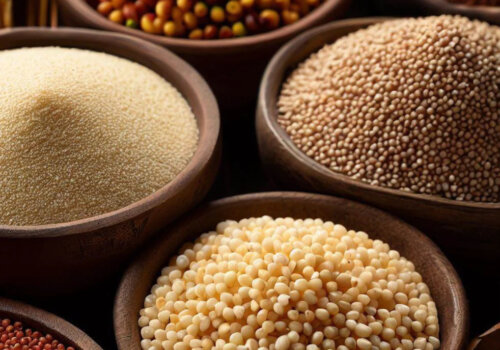India was practicing agriculture as activity. Country is food secure and food surplus country. As per the archaeologists, millets were the first crop during Indus Valley Civilisation to be domesticated in India. World export of millet has increased from $400 million in 2020 to $470 million in 2021 (ITC trade map) India exported millets worth $75.46 million in the year 2022-23, against $62.95 million in 2021-22. To create the awareness and production of millets government had declared 2023 as the ‘International Year of the Millet’.
Millets are the traditional food for people in Asia and Africa. Millets can likely achieve following SDGs: SDG 2 (Zero Hunger), SDG3 (Good Health and Well-being), SDG 12 (Sustainable Consumption and Production) and SDG 13 (Climate Action).
India is a self-sufficient country, but it needs to sensitize its benefits to its citizen. It also needs to capitalize on its millet market due to its demand on an international level because of its rich nutritional value.

“As a global consultant to businesses and organizations worldwide, we can help you to navigate the complexities of the environment, energy transition, business advisory, skill development and identify opportunities for cost-effective savings in your operation”.